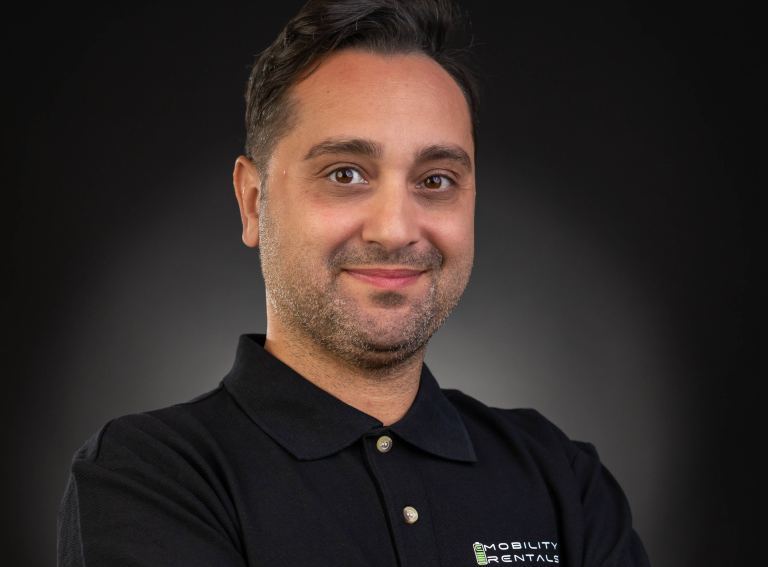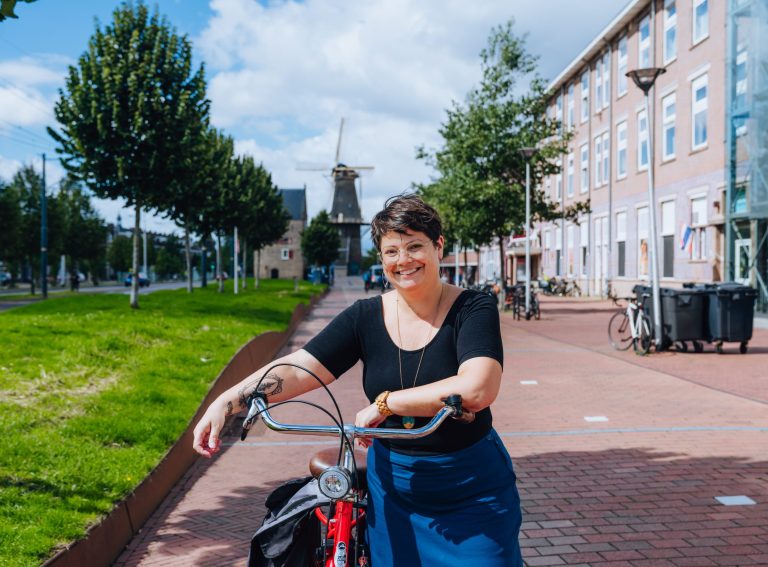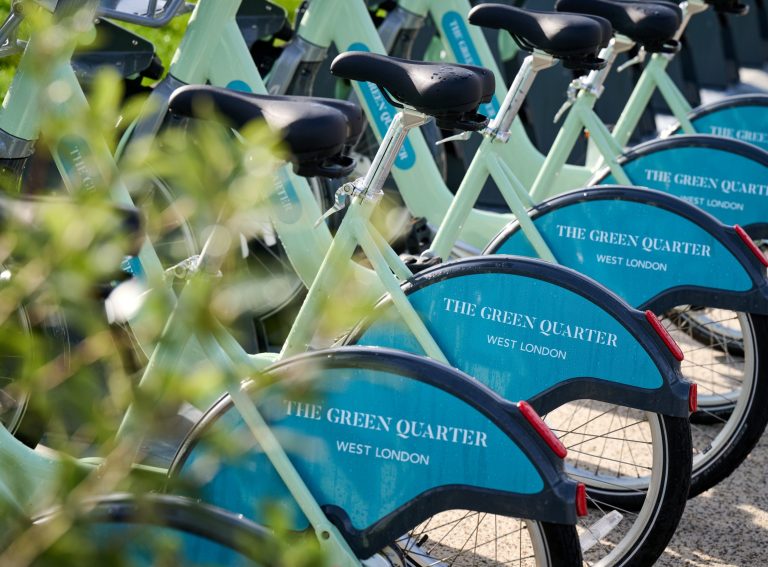An Instagram reel shows a Forest employee cycle up to someone riding a Lime shared e-bike with a cast on his leg.
“Why are you riding that bike?” the Forest rep asks. “It must cost you an arm and a leg?”
It’s not personal, Forest’s Co-founder and Chief Marketing Officer Michael Stewart says of the clip, which has now had over half a million views in three months. “It’s just a fun way of showing Forest’s unique selling point that it’s one of the most affordable micromobility operators in London. We jokingly call our competitors out, but at the end of the day, they’re on the same mission as us which is to take cars off the road.”
It’s an unusual strategy for sure, but it’s punching through on social media and is leading to much greater brand awareness in a highly competitive market. According to third party market research commissioned in 2024, three out of four people are now aware of the Forest brand. So we’re curious to understand what Forest’s overall approach is to marketing.
Stop selling on social
If there’s one thing Forest doesn’t use social media for, it’s for selling its services.
“We stopped using social media to promote our products,” Michael tells Zag Daily. “We see social as a way of creating engaging content and differentiating our brand.
“The product offering is there and you know where to find us, but I’m not going to tell you to buy our subscription because it’s the best subscription out there. Go and compare the market and then decide. You can ride with our competitors for eight or nine pounds for half an hour, or you can ride 1,300 minutes with us for £40. We’re so certain that we have the most affordable and sustainable offer that we don’t need to convince people to choose us.”
When micromobility brands stop seeing social media as a money maker, they’re left with the chance to boldly and playfully experiment with how to make their brand stand out – what Michael says is a fundamental requirement for any second generation micromobility company.
Achieving brand differentiation
According to Michael, it’s no longer enough for micromobility operators to only focus on their pricing and technology. Rather, companies need a unique value proposition that incentivises users to walk the extra distance to their e-bike, rather than jumping onto the first one they see.
But differentiating a brand in the micromobility space is no easy feat, especially when operators often offer very similar vehicles that all serve the same function of moving from A to B.
Forest therefore crafts a memorable marketing experience to uniquely demonstrate the viability of its operations.
Earlier this year, one of its team members cycled from London to Wales on a Forest e-bike to mark the operator’s partnership with The Great Reserve. This partnership aims to offset Forest’s carbon emissions through local tree planting until the operator’s production process involves zero carbon emissions.
Another company might have celebrated the partnership with a well-written press release. But Forest’s Creative Brand Manager Joe Rampley asked the team: “Why don’t we cycle there?”
And so YouTube viewers can watch Joe set off with one shared e-bike, a couple of batteries, and his peers in an electric van for operational (and moral) support.
“It was a unique way to show our audience the capabilities of Forest’s shared e-bikes, while creating organic awareness and brand recognition.”
Forest has been setting its own trends since its inception. Who would have thought that a dark green e-bike, a reliance on renewable energy, and 10 free minutes of daily riding for all would make for a financially sustainable business model which reached profitability earlier this year.
“Four years ago, everyone thought we were crazy,” Michael says. “A bike that nobody can see and is more expensive to operate than other bikes? They said we wouldn’t have a business. But look where we are now.”
Forest’s billboard antics
Intent to silence the business model sceptics, Forest recently erected a billboard in London to demonstrate the affordability of its service.
The billboard reveals that Forest has sacrificed £11 million in revenue since 2021 to give its riders nearly 52 million minutes of free riding.
This has been possible through Forest’s unique advertising business model which connects brands to its user base of over one million London consumers.
“For a single user, 10 minutes free maybe doesn’t feel very much. But we made this billboard to communicate that when you add it all up, we could have been an £11 million richer company.
“Its purpose was to transform the monetary figure into a story of a social and environmental impact and, like all of our marketing, reinforce our message that Forest is here to make micromobility truly affordable.
“We pay a huge amount of attention to all our marketing campaigns as they are absolutely crucial to the success of the company.”





